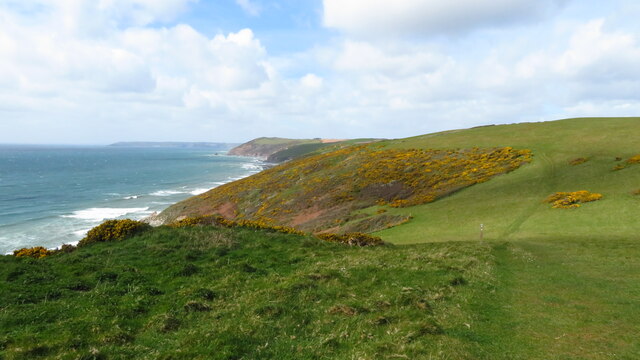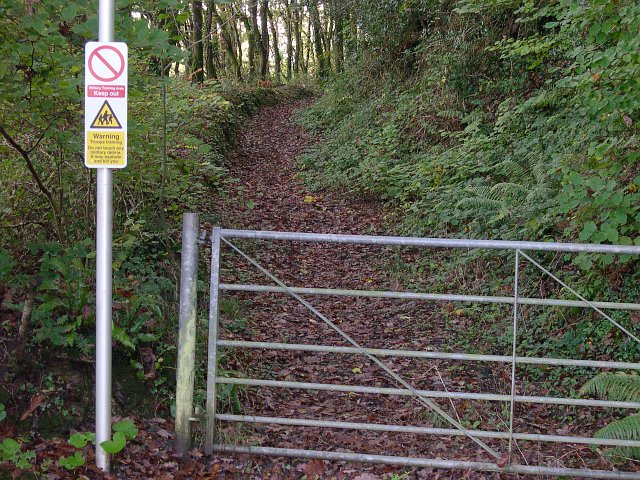Westaways Plantation
Wood, Forest in Cornwall
England
Westaways Plantation

Westaways Plantation is a captivating woodland area located in Cornwall, England. Situated near the picturesque village of Wood, this plantation is a haven for nature enthusiasts and those seeking tranquility amidst the lush greenery. Covering an expansive area, the plantation is a thriving ecosystem that supports a diverse range of flora and fauna.
The forest is predominantly composed of native British tree species, including oak, beech, and ash, which provide a dense canopy that blankets the plantation. This creates a shaded and cool atmosphere, perfect for leisurely walks or picnics in the summer months. The woodland floor is adorned with a carpet of vibrant wildflowers, adding splashes of color to the landscape.
The plantation is home to a variety of wildlife, making it an ideal destination for birdwatchers and animal lovers. Many different bird species can be spotted here, including woodpeckers, owls, and various songbirds. Squirrels and rabbits are also commonly seen scurrying amongst the trees, while occasionally, lucky visitors may catch a glimpse of a deer or fox.
Westaways Plantation offers several well-maintained trails that wind their way through the forest, allowing visitors to explore its beauty at their own pace. These paths are suitable for all ages and fitness levels, ensuring that everyone can enjoy the plantation's tranquil ambiance.
For those seeking a peaceful retreat in nature, Westaways Plantation in Cornwall is a must-visit destination. Whether it's to admire the diverse array of trees, spot wildlife, or simply enjoy a moment of serenity, this woodland oasis offers an unforgettable experience for all who venture into its embrace.
If you have any feedback on the listing, please let us know in the comments section below.
Westaways Plantation Images
Images are sourced within 2km of 50.365623/-4.2889576 or Grid Reference SX3754. Thanks to Geograph Open Source API. All images are credited.
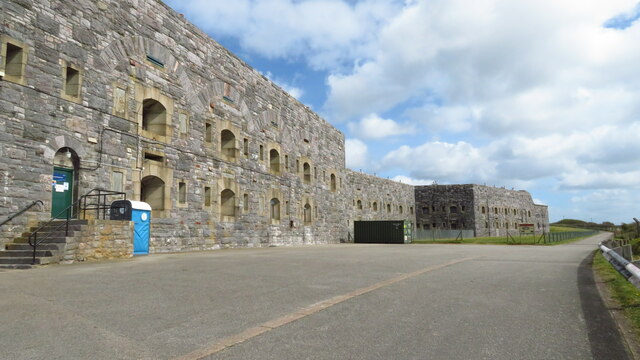

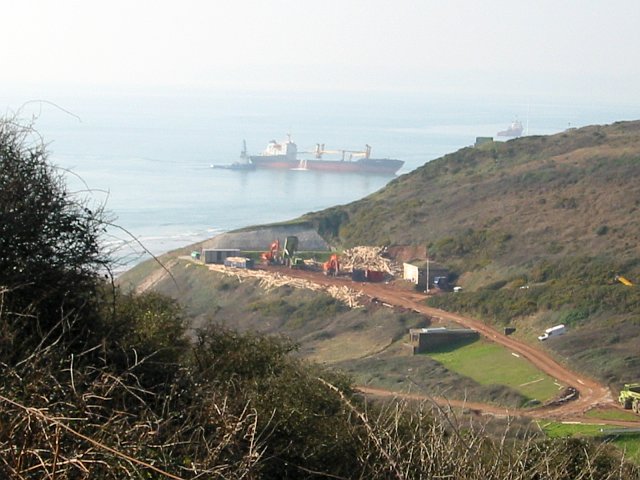
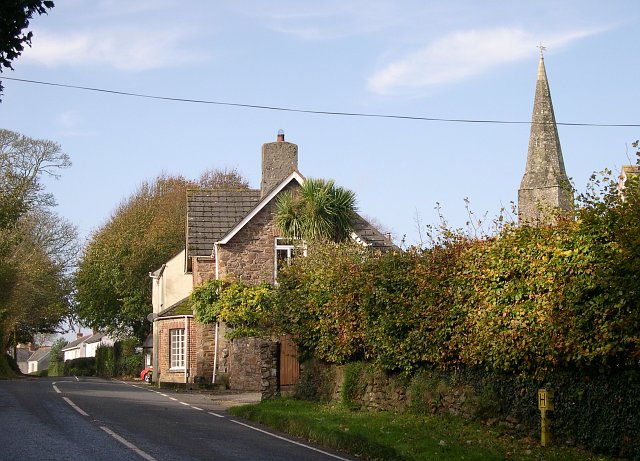
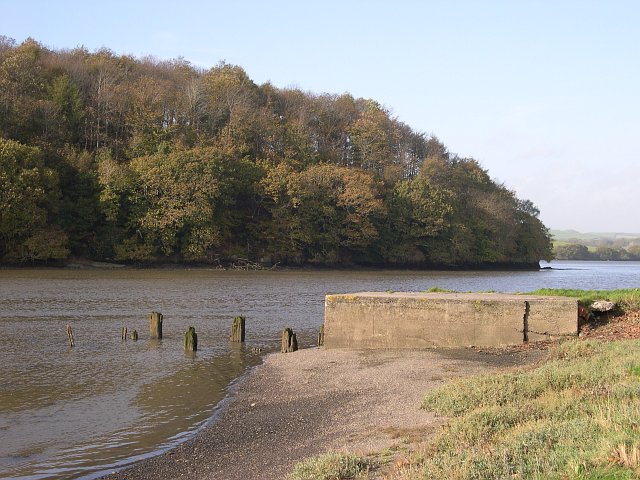



Westaways Plantation is located at Grid Ref: SX3754 (Lat: 50.365623, Lng: -4.2889576)
Unitary Authority: Cornwall
Police Authority: Devon and Cornwall
What 3 Words
///friction.gratitude.inferior. Near Millbrook, Cornwall
Related Wikis
Crafthole
Crafthole is a village in the parish of Sheviock, in southeast Cornwall, England, UK. The village has a pub (Finnygook Inn), Post Office, shop, Methodist...
Sheviock
Sheviock (Cornish: Seviek, meaning strawberry bed) is a coastal civil parish and a hamlet in south-east Cornwall, England, United Kingdom. The parish is...
Portwrinkle
Portwrinkle (Cornish: Porthwykkel) is a small coastal village in south-east Cornwall, England, United Kingdom. It is at the western end of Whitsand Bay...
Tregantle Fort
Tregantle Fort in south east Cornwall is one of several forts surrounding Plymouth that were built as a result of a decision in Lord Palmerston's premiership...
Nearby Amenities
Located within 500m of 50.365623,-4.2889576Have you been to Westaways Plantation?
Leave your review of Westaways Plantation below (or comments, questions and feedback).
